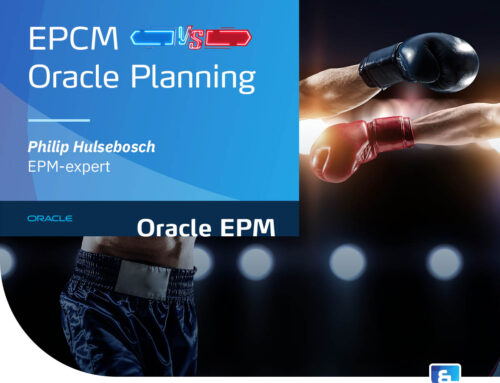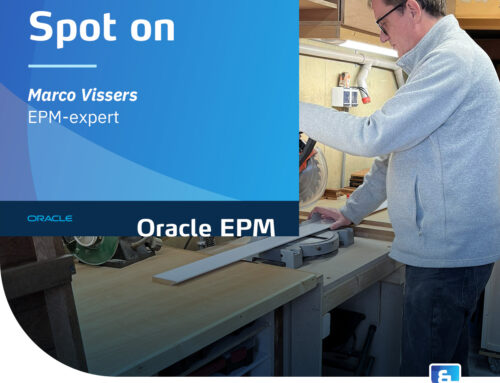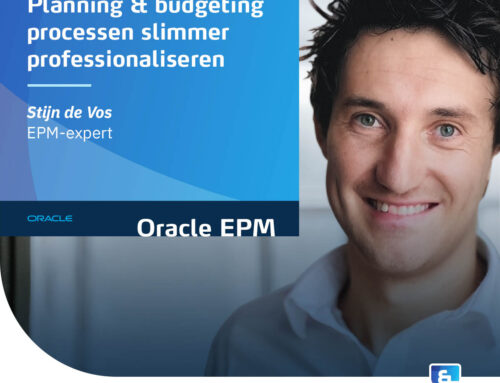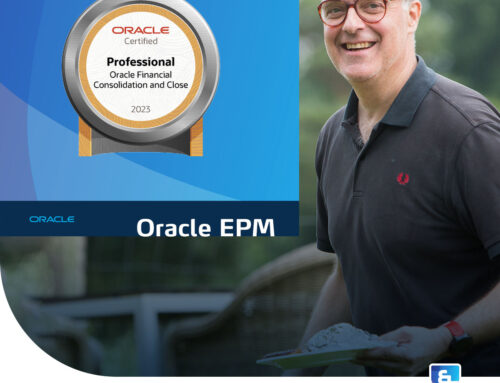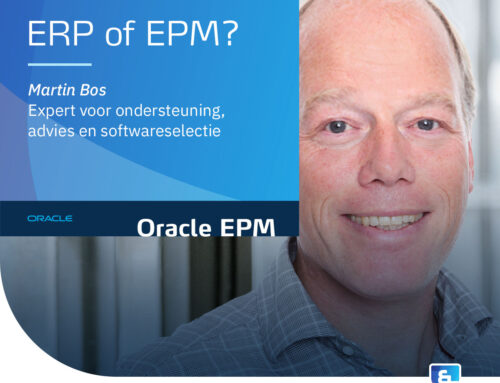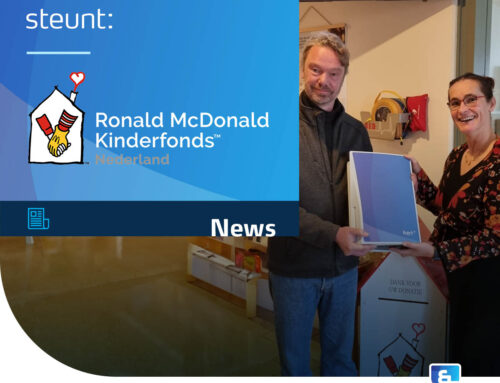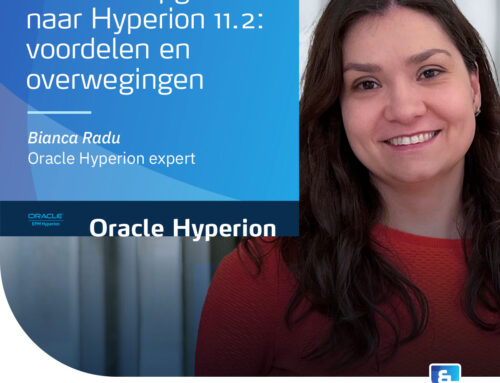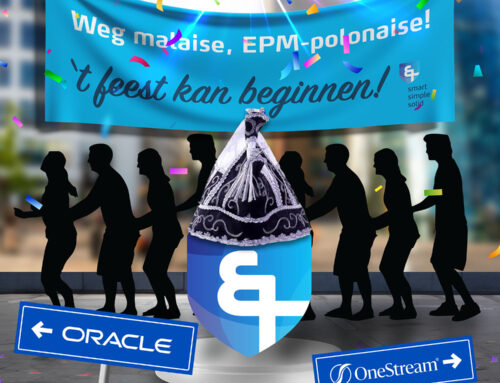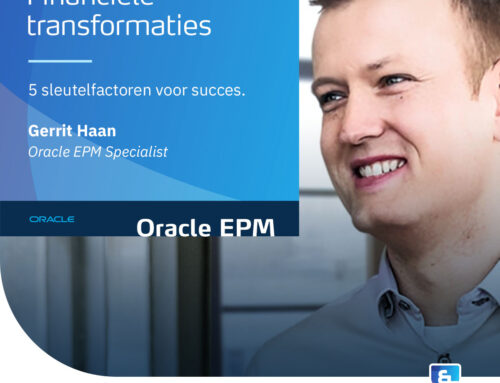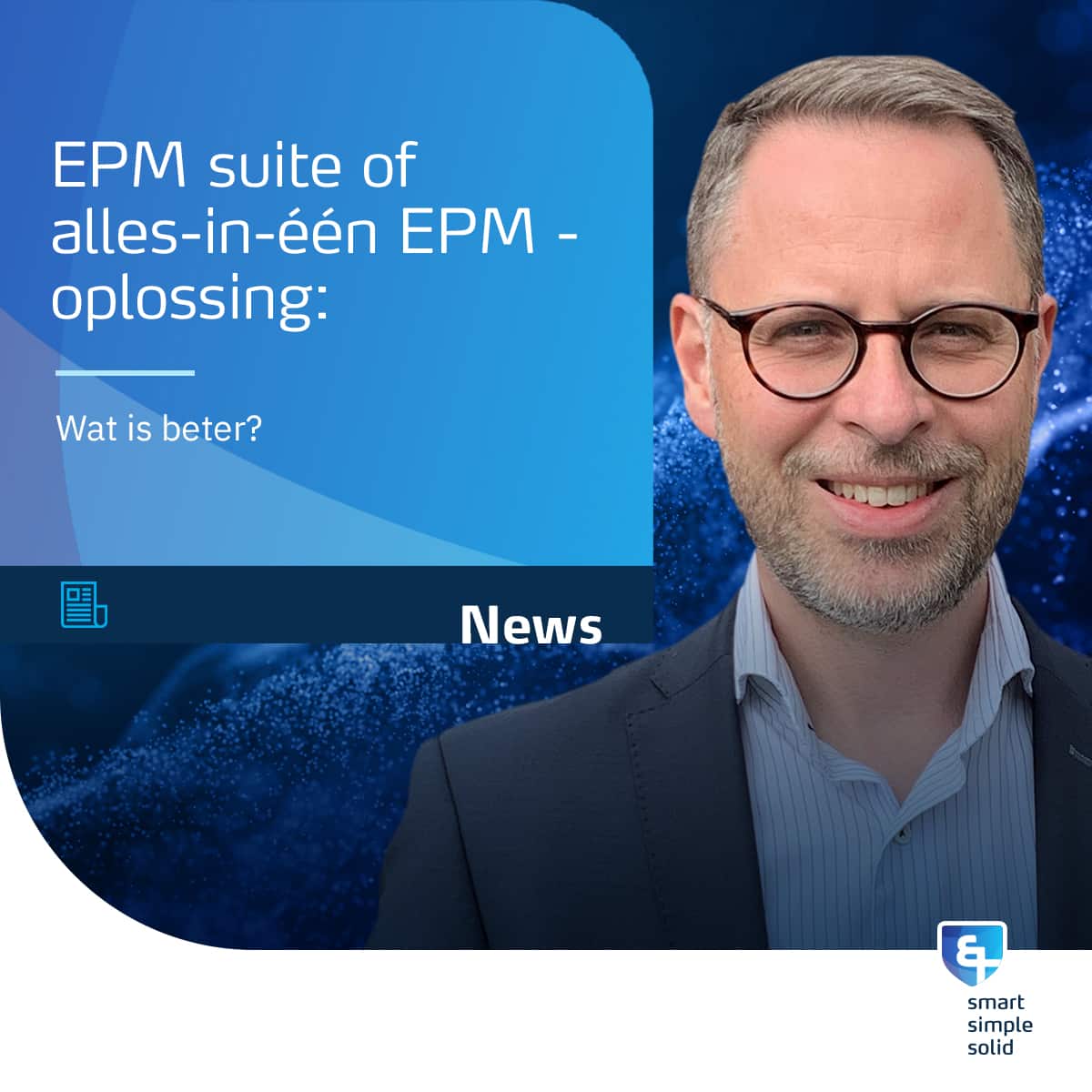
Blog:EPM suite or all-in-one EPM solution: which is better?8 Minutes estimated reading time
Which choice is better? An EPM suite solution or an all-in-one EPM application?
In the current EPM ICT landscape, these are the two flavours to choose from. EPM software suppliers mainly emphasise the advantages of their own solution. But are the arguments right? In this article, I will discuss both EPM architectures on the basis of 5 frequently used selection criteria: implementation, maintenance, data integration, user interface and license costs. Spoiler alert, most sales arguments are less valid than you think.
EPM suite versus all-in-one solution
The main difference between an EPM suite and an all-in-one solution is the product philosophy. All-in-one solutions support all EPM processes from the same application: consolidation, planning, reporting, data integration, disclosure management, account reconciliation, etc.
EPM suites support the different EPM processes with specific solutions. These solutions are bundled and linked in a so-called suite. This suite offers the same user experience across all solutions and facilitates data flows between the various solutions.
EPM selection criterion 1: implementation
Implementing an all-in-one EPM solution seems easier than implementing an EPM suite. But make no mistake. An EPM implementation programme usually consists of several projects and phases. The implementation of group reporting and consolidation, planning, account reconciliation or disclosure management are often separate projects.
With an all-in-one solution, it is important to have the final solution clearly in mind at the start of the first project. Do design choices also affect later projects? If so, it is wise to first discuss and work out the design in detail with all the different stakeholders. Take this into account.
EPM selection criterion 2: maintenance
All-in-one EPM applications make use of shared structures. When maintenance is required for one of the EPM processes, this has direct consequences for the other processes. Changes therefore require coordination with all disciplines involved.
Timing also plays a role, because you have to take into account the different reporting calendars.
Maintenance in an EPM suite solution does not require coordination between the various disciplines and is therefore easier to plan.
EPM selection criterion 3: data integration
Both EPM suites and all-in-one solutions offer data integration. EPM suite software facilitates the creation of (meta)data flows between the different solutions. An example is the consolidated budget that is loaded as a data stream into the consolidation solution. And vice versa, the consolidated actuals are loaded into the planning solution to have comparative figures in both solutions. Setting up these data flows does require an extra effort.
So with an all-in-one EPM solution, do you need to include no extra effort? Yes, you do. Even within all-in-one applications, data replication takes place on a regular basis. Not between different applications, because all EPM processes exist within the same application. But it does take place between scenarios and/or time periods. Arranging these copy layers also takes time. As with EPM suite solutions, most of this time is spent in consultation and coordination.
EPM selection criterion 4: user interface
For end users who have a role in various EPM processes, it can be nice to work from the same familiar user interface. In an all-in-one solution, this is of course the case, as there is only one application. But this is also the case within EPM suite solutions. A recognisable, overlapping interface is characteristic for a suite, no matter how much the underlying solutions differ.
Incidentally, a uniform user interface is only relevant if end users are involved in multiple reporting processes. In the larger multinationals, there is often a clear split between the various fields of expertise.
EPM selection criterion 5: licence costs
In terms of licence fees, the two flavours are very similar.
EPM suite solutions are often offered in attractive bundles. Some all-in-one solutions offer a fixed price per user for all functionalities within the solution. But usually you will see within an all-in-one solution that you can unlock different functionalities, depending on the chosen licence.
Conclusion
The arguments that are often used to argue for either a suite solution or an all-in-one solution are, in some cases, non-arguments. In other cases, the arguments do make a difference, but not a difference that is decisive.
Which EPM solution will give you the most pleasure? So make sure you are assisted by an experienced party in this field. For example, the EPM experts of Bart & Partners. Then you can be sure you are making the right choice. Feel free to contact us via info@bart-partners.com and we will plan an appointment with you soon.

